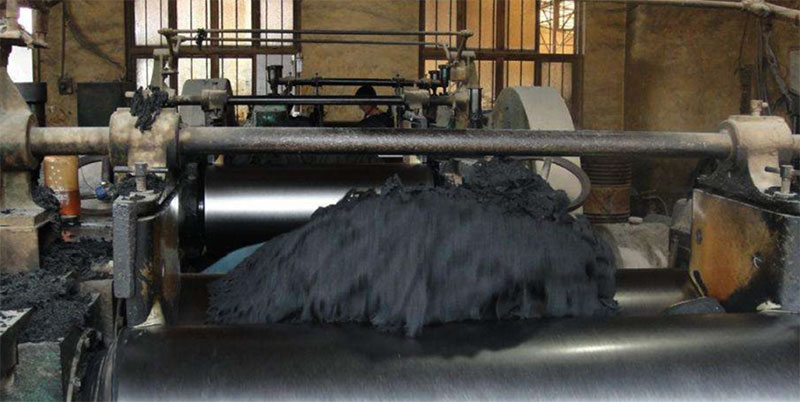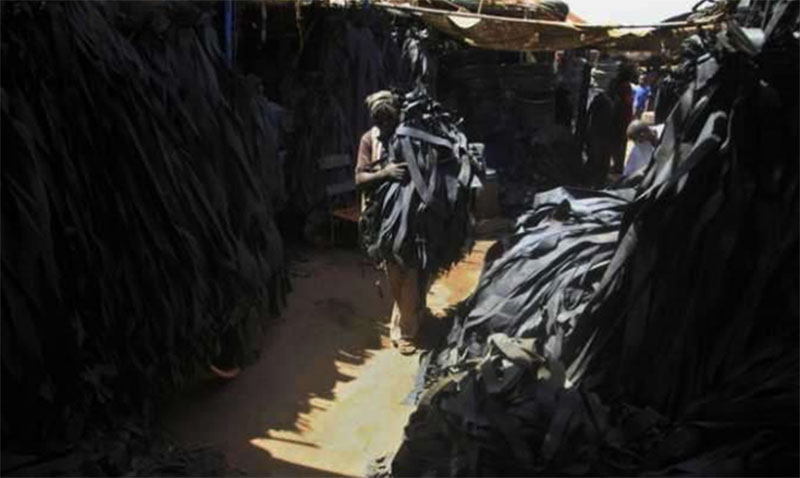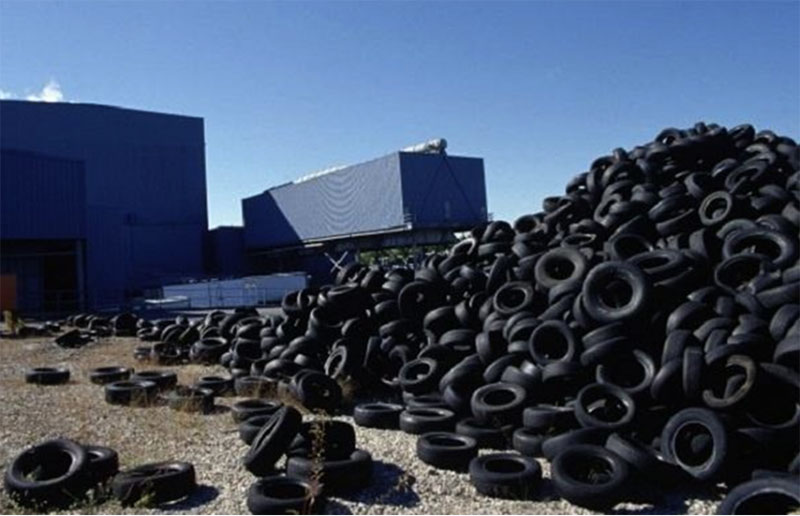Recycling of waste tires has been a topic of concern to the governments and the industry, but also a worldwide problem.It is understood that at present, the disposal of waste tires or most of the original restructuring, waste tires renovation, thermal energy utilization, thermal decomposition, production of recycled rubber, rubber powder and other methods.
Using prototype transform: by bundling, cutting, punching, transform the old tires for port and ship fender, wave protection dike, floating lighthouse, highway traffic wall screen, road signs and mariculture fishing reef, amusement, etc.
Pyrolysis waste tires: easy to cause secondary pollution, and the quality of recycled materials is poor and unstable, not in the domestic promotion.
Retreaded tires: the most common way to damage automobile tires in use is to break the tread, so retreaded tires are one of the main ways to use old tires.
Using waste tires to produce recycled rubber: recycled rubber production has low profit, high labor intensity, long production process, large energy consumption, serious environmental pollution and other shortcomings, so developed countries have been reducing the output of recycled rubber year by year, planned to close down the recycled rubber plant.
USA: active drag recycling
In recent years, the United States is also through technological innovation, to promote the recycling of waste tires, vigorously promote the development of waste tires recycling market.More than 80 percent of used tires in the United States are recycled or reused every year, and more than 16 million of them are reconditioned.According to the U.S. environmental protection agency, the majority of used tires enter three markets: tire derived fuels, ground rubber and civil engineering applications.Each year, about 130 million used tires become tire derived fuel, which is the most used way of used tires.
Germany: mature treatment technology recycling policy supporting comprehensive
Genan group in Europe is the world’s largest recycling enterprise of waste tires, processing more than 370,000 tons of waste tires every year, and producing rubber particles and powders that can achieve high purity, almost no impurities.Products are widely used in asphalt road, stadium track, artificial turf, can be used for tires, conveyor belt and other products production, as a supplement and alternative to natural rubber, help the society to save natural rubber resources.
Japan: high recycling rate of used tires
In Japan, waste tires are recycled mainly through resource recycling enterprises, gas stations, automobile maintenance and repair factories, and scrapped vehicle recycling companies.In Japan, waste tires cannot be discarded as garbage at the garbage collection point. The car owner must contact the recycling company to collect the waste tires, and the recycling company usually needs to pay the recycling fee when it comes to collecting the waste tires.
Canada: actively respond to scrap for new
In 1992, Canadian legislation stipulated that the owner must replace the tire with scrap when changing the tire, and according to different tire specifications each pay 2.5 ~ 7 yuan of waste tire recycling and disposal fees, set up a special fund.
Post time: Jun-03-2019


